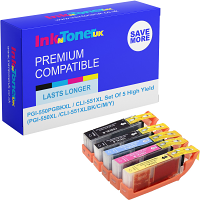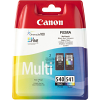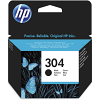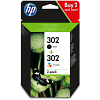There is a special place for in the world of printing for photographers with many different manufactures promising that your photographs will look even better than before. Photo printers, ink cartridges, photo paper and printheads all play a major part in determining how good your printing will look. This little article will hopefully shed some light and arm you with some knowledge on what to look for. We will be talking about HP, Epson and Canon (among other companies).
Major manufactures like HP, Epson and Canon all use their patented ink formulations in their ink cartridges and produce slightly different results.
So what have HP, Epson and Canon done for Printing?
Epson:
Epson are key leaders in the world of photo printing and use many different ink formulations in their photo ink cartridges to tailor to your needs. Their ultrachrome ink formulation which they use a lot with their Epson photo ink cartridges has many different variations which depend on the printer you are buying. These are ultrachrome HDR (high dynamic range) K3, K3 with vivid magenta and high gloss2. K3 stands for three black ink system but Epson have now released a four Epson black ink cartridge system which also uses light, light black for extra realism in your printing.
Epson have developed CLARIA photographic ink formulation in their Epson ink cartridges for use with D-SLR cameras. There is also Durabrite to consider and have recently developed a specialist formulation called aqueous which uses the colour white because it can print on transparencies.
Epson have also developed a printhead which uses a dot mapping algorithm system; dramatically improving quality at all resolutions. It is anticipated that this technology will eventually be passed down to less expensive printers.
Canon:
Canon combine ink formulations, printhead technology and photo paper together to give you professional photographic results. There patented ink formulation called chromalife 100 / 100+ which they use in their Canon ink cartridges claims to make your printing last 100 years. Canon also use FINE (Full-photolithography Inkjet Nozzle Engineering) printhead technology and combine these two technologies together to give you very fine print detail. Canon printheads can have up to 7,680 nozzles. Each nozzle is capable of dispensing ink droplets the size of one picolitre which is one trillionth of a litre. Canon differ from Epson because they offer both single colour ink cartridges or FINE ink cartridges which combine everything into one cartridge. FINE cartridges are a convenient and handy way of replacing and managing Canon ink cartridges but cannot produce the same high quality results as individually coloured Canon ink cartridges.
HP:
HP use Vivera ink formulation in most of their ink cartridges and have recently developed latex printing technology which is used in industrial, super large scale printing and brings an environmentally friendly edge. HP’s ink formulation range isn’t as comprehensive as Epson’s with their main claims being that the purity of their Vivera formulation is very high; resulting in consistently high quality prints. HP also claim their Vivera ink formulation in their ink cartridges has a print permanence of nearly a century when used with certain printers. One notable observation about HP is that they don’t seem to have as many coloured specialist ink cartridge colours as Epson do. The specialist coloured ink cartridges they do offer go in very expensive large format printers.
Incredible Innovation for Printing
Epson however offer a comprehensive colour set for photo printers at a much lower unit cost. Using a reduced colour palette with your ink cartridges will make a perceivable difference in high quality photographic prints. Using a bigger colour set with your photo printing enables your printer to produce wider tonal scope, halftones, hues and shades which appear more realistic. HP also offer the alternative to purchasing your HP ink cartridges individually, they call it tri-colour technology. Again this is a design which combines all the colours needed into one ink cartridge. This method is a quick and handy approach for colour printing but not recommended for photo enthusiasts who are looking for higher quality results.
Manufactures all have similar claims to the performance of their ink formulations in their ink cartridges with the key ones being durability, lightfastness and quick to dry. The addition of photo ink cartridge colours like light light black, vivid light magenta, green, and orange only to name a few have enabled further advances in adding realism onto your page. The best formulations claim light fastness of around 100 years under normal lighting conditions.
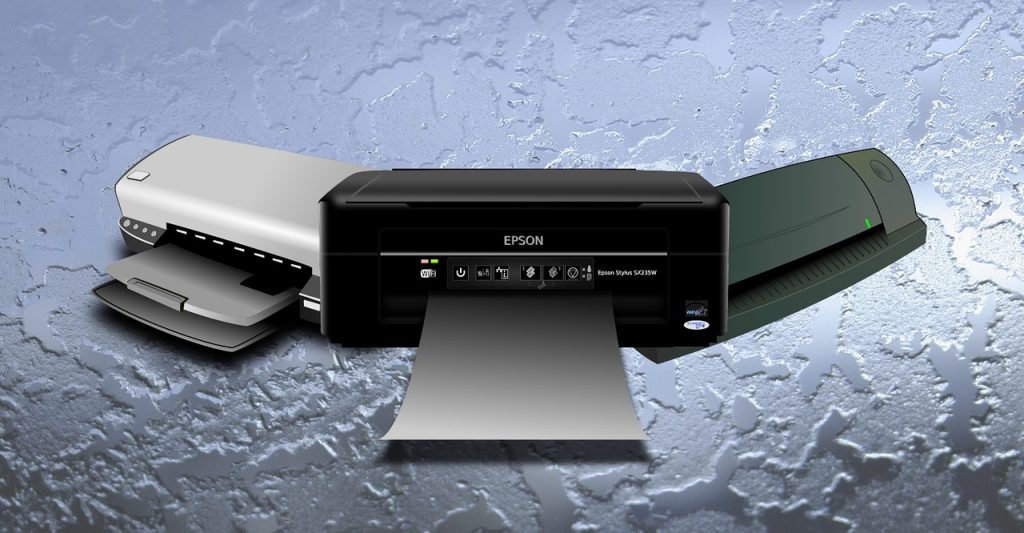
HP, Epson and Canon Printer Comparisons and Pros/Cons
What to look for in a (HP, Epson or Canon) photo printer.
Features and memory card compatibility play an important role in determining how effective and easy to use a photo printer can be,
Resolution
The resolution of your printer is important and should be one something you look for. It can be found under DPI (Dots Per Inch). Try and get the highest DPI number you can as the higher the number is, the better your print quality will become. This will ensure your photography will have a high number of ink droplets per inch and so give you better looking image definition.
Memory Card Compatibility
Be sure to check this and see if the printer is compatible with your particular card. Most photo printers have this option and the best have multiple slots for the most popular cards being used.
Status Panel
Make sure to check out the status panel on a printer before you buy it to check if it lets you view your pictures or only displays the photo number.
Print Speed
Something to look for and consider, although not a crucial element for enthusiasts, if used frequently a slow print speed can become frustrating and a set back.
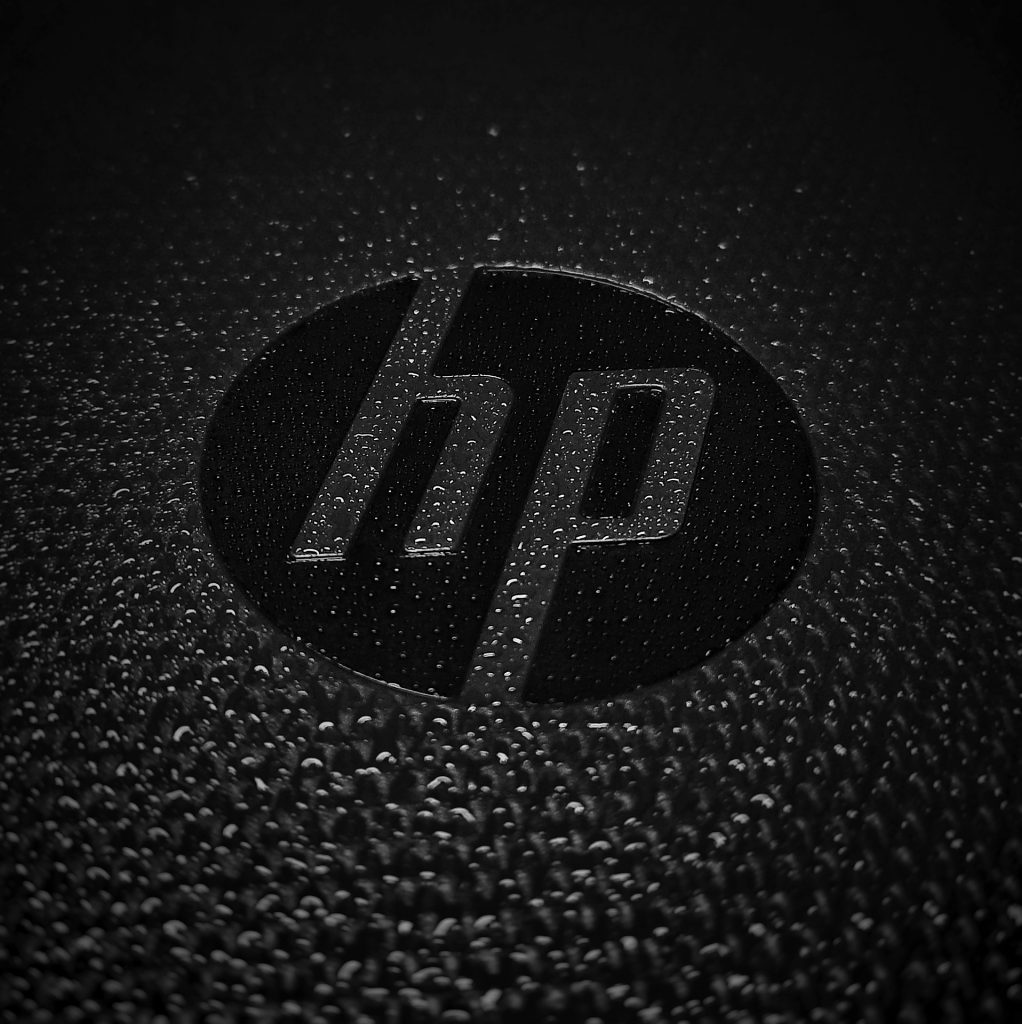
We hope you enjoyed learning a bit about HP, Epson and Canon in this Blog and we hope to see you back soon!




